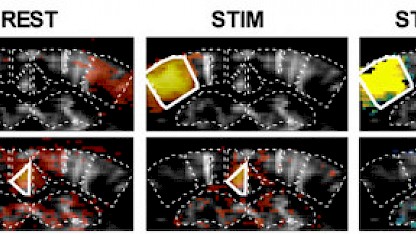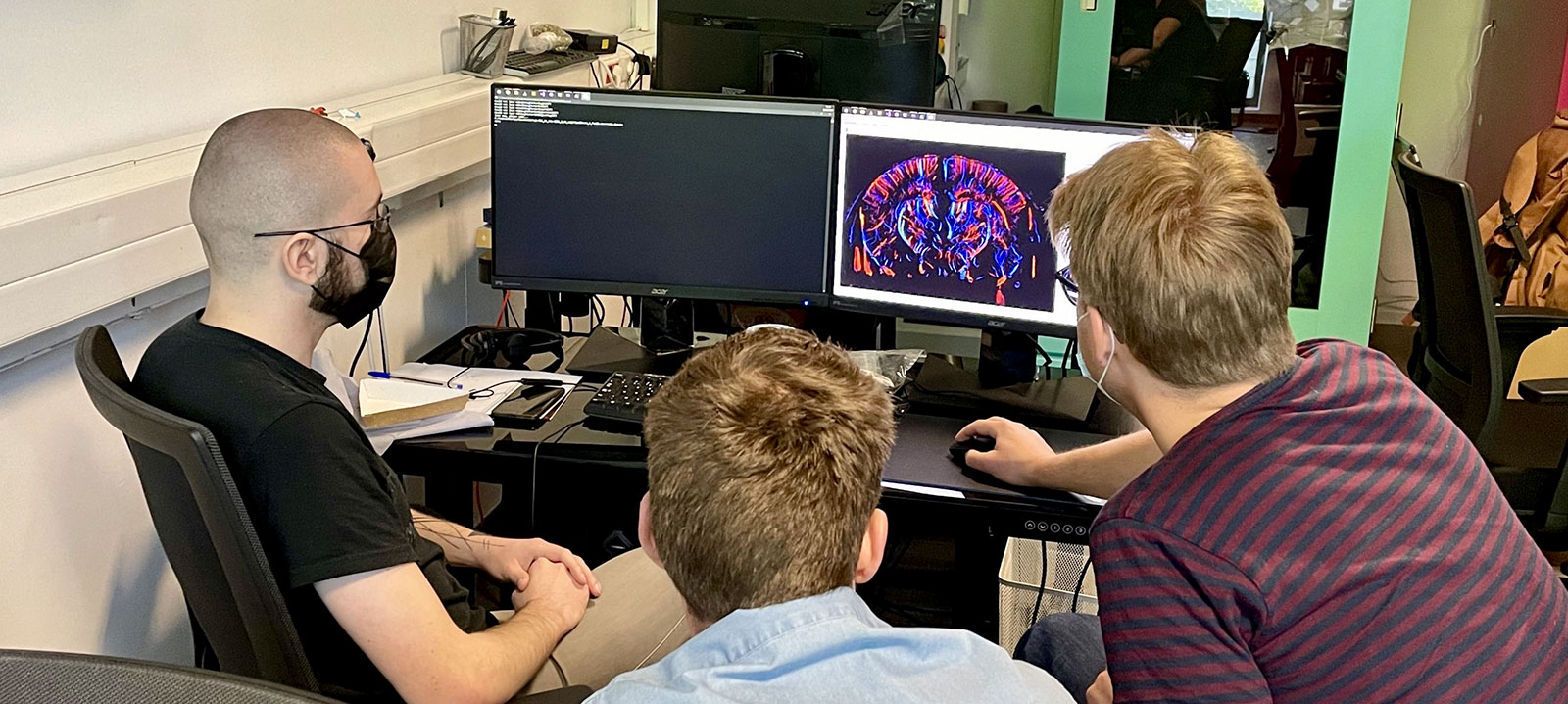Functional ultrasound is a rapidly-evolving field of neuroscience research, and evidence of this is provided by three articles, authored by teams including Iconeus founders, which report major advances in both the fundamental aspect of the fUS method and its applications for preclinical research.

Since its introduction in 2011, functional ultrasound (fUS) imaging has rapidly progressed as a field of study. This is demonstrated by the publication, just a few days apart, of three papers in the high-impact journals PNAS and Nature Communications, which describe the methodology and applications of the fUS.
Elucidating the origin of fUS signals measured during brain activation
Discovering a ‘default mode network’ in the mouse brain
Precisely mapping the visual cortex in primates
References:
[1] A.-K. Aydin, W.D. Haselden, Y. Goulam Houssen, C. Pouzat, R.L. Rungta, C. Demené, M. Tanter, P.J. Drew, S. Charpak and D. Boido, Transfer functions linking neural calcium to single voxel functional ultrasound signal, Nature Communications, 2020, 11: 2954.
[2] J. Ferrier, E. Tiran, T. Deffieux, M. Tanter and Z. Lenkei, Functional imaging evidence for task-induced deactivation and disconnection of a major default mode network hub in the mouse brain, Proceedings of the National Academy of Sciences, U.S.A., 2020, 117: 15270–15280.
[3] K. Blaize, M. Gesnik, F. Arcizet, H. Ahnine, U. Ferrari, T. Deffieux, P. Pouget, F. Chavane, M. Fink, J.A. Sahel, M. Tanter and S. Picaud, Functional ultrasound imaging of deep visual cortex in awake non-human primates, Proceedings of the National Academy of Sciences, U.S.A., 2020, 117: 14453–14463.



